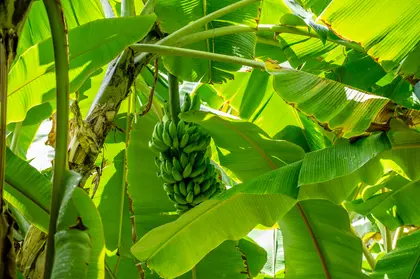Even before the announcement of more US aid to Ukraine, Russia had stepped up its attacks on Ukraine, especially from Belgorod, close to the Ukrainian border. Rocket launchers in the town stand between high-rise, residential buildings.
Not surprisingly Ukrainian attack drones fly there from time to time. The explosions are quite loud, and the residents of Belgorod are justifiably afraid of them.
JOIN US ON TELEGRAM
Follow our coverage of the war on the @Kyivpost_official.
Many residents have gone to stay with relatives in other regions of Russia while those who decided to join the “official evacuation” have found themselves in rather remote areas of Siberia and the Urals without the state financial support they were promised.
Residents who have remained in Belgorod are now watching as the city prepares for summer. Near recreation areas and river beaches, the city authorities are installing concrete shelters where you can hide when Ukrainian drones approach.
Children’s bulletproof vests with hoods have appeared on sale. This body armor is not cheap. Prices start at $400, but the Russian government has not offered to provide free body armor for its citizens who live near the Ukrainian border.
Constant complaints by locals about the shelling in Belgorod caused Russia’s main TV propagandist, Vladimir Solovyov, to call the town’s residents “alarmist creatures.”
In Ukraine, despite the death of hundreds of children, children’s bulletproof vests have not appeared on sale. Children see and hear the sounds of war every day, and yet, on Friday mornings, many families discuss plans for the weekend, hoping there will not be an air raid.

ISW Russian Offensive Campaign Assessment, January 21, 2025
For Kyiv residents, another tourist attraction has recently appeared – two large greenhouses. One is subtropical and the other tropical – both full of exotic plants and trees. They are located in the village of Rozhny, 20 minutes by road from Kyiv’s northeastern city limits.
There you can admire fruit-bearing orange, lemon, papaya, kumquat and mango trees and also buy three new varieties of banana trees bred over the last 25 years in Rozhny by the owner of this “banana farm,” Anatoly Potiy.
Potiy is an amateur horticulturalist. Thanks to him, it is now possible for Ukrainians to grow bananas in their own homes. You can buy miniature banana palms that grow to 75 centimeters, or medium-sized trees that grow to one and a half meters, or larger ones that grow to two and a half meters.
All three types of palm tree allow you to grow bananas in domestic conditions, and Potiy offers a variety of other exotic fruit-bearing trees that can be grown indoors, for example, pineapple and dwarf fig trees.
The number of people wanting to visit and purchase saplings has forced Potiy and his wife Tatyana to create an electronic registration system.
Potiy offers fascinating tours of his huge greenhouses and their contents, but he does not explain how, at the very beginning of the war, he and his wife had to live in their greenhouses after part of a neighbor’s property collapsed during Russian shelling, and all the windows in their house were blown out.
They lived in the greenhouses for several weeks during the winter. There was no longer any gas or electricity, and Potiy was afraid that his exotic plants would freeze. Unable to bear living under constant shelling, Potiy and his wife were evacuated to Germany. They spent six months there while a nephew, who remained in Rozhny, looked after the greenhouses as best he could.
When Potiy returned home, to his surprise, not a single tree or bush had died. All the trees had withstood the cold and frequent lack of water.
Russian troops never reached the village of Rozhny. Ukrainian defense units stopped them 30 kilometers away, and thanks to this dramatic story, Potiy discovered that the varieties of banana palms and other trees that he had bred are frost-resistant and not afraid of sudden climatic changes, although they usually grow in greenhouses at a temperature of 30 degrees Celsius or higher.
In this way, Potiy’s trees are very similar to both their owner and many other Ukrainians who could not have expected to find in themselves what it takes to survive in a country under constant attack from its cruel neighbor.
You can also highlight the text and press Ctrl + Enter










